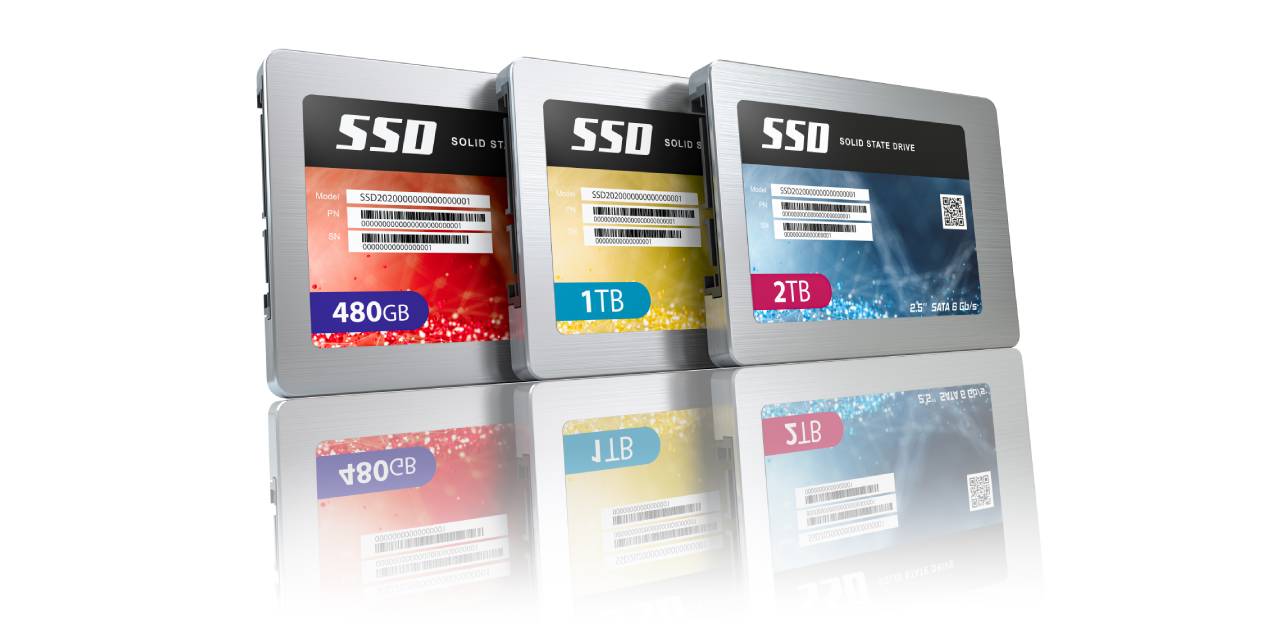Backups are a fundamental aspect of risk management and business continuityplanning. They ensure data resilience, protection against cyber threats, regulatory compliance, and maintain operational eiciency in the face of disruptions or unforeseen events. Implementing reliable backup solutions tailored to the specific needs of an organization is crucial for long-term data security and business sustainability.

Mitigating Human Errors
Protection Against Hardware Failures
Ransomware and Malware Protection
Data Integrity and Recovery
Disaster Recovery Preparedness
Minimizing Downtime
Compliance Obligations
Avoiding Legal Issues
Preserving Reputation
Customer Trust
Cost of Downtime
ROI of Backup Solutions
Key design points :
Backup on external storage on quarterly/half yearly basis or anything akin does not qualify as backup. The schedule has to be on a day basis at the least on following modes.
1. Local backup on tape/storage.
2. Local backup Geo-Redundant.
3. Local backup with cloud.
4. Cloud backup.
5. Local backup Geo-Redundant with cloud archive.
Restorability of backup should be attested by scheduled test restorations along with RTO/RPO considerations. Yet again this should have point-in-time restoration capability. Backup should not aect the production process. Security of Backup is very important as it is the last resort against Ransomware/data corruption/HW failure etc., The changes to application/ mount points like file server/storage may require, changes to be captured between a preset interval to favour a non-I/O intensive snapshot capture. Some application might require a snapshot/Backup/ restore point every 15 minutes to favour a lenient ‘point in time restore’, This is a must for production and mission critical environment.
Retention period needs to be suitably enforced to meet the requirement, and might require archive also.
What all to be backed up
1. Core Infra – Real time sync.
2. Application aware backup.
3. Configuration backup.
4. Mail box backup.
5. Code repository.
6. File servers.
7. Storage backup.
8. End point backup.
9. VM & Snapshots.
10. Log backup.
